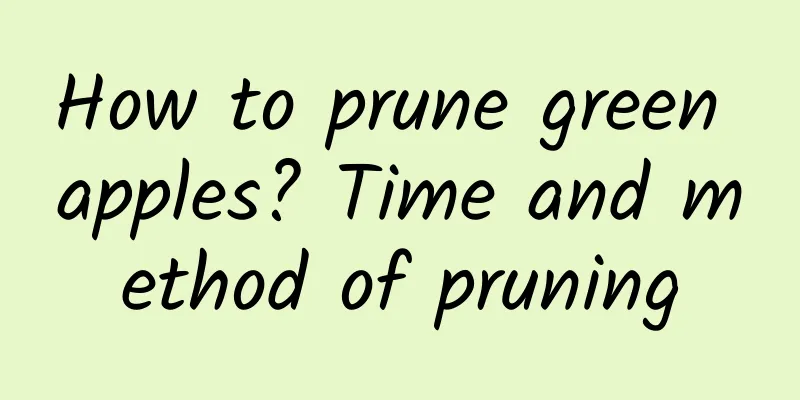Does the rubber tree absorb formaldehyde?

1. Does it absorb formaldehyde?It is absorbable. Nowadays, more and more people are buying houses, but the indoor air quality of newly renovated houses is very bad, the most serious of which is formaldehyde, so many people choose to grow some plants to absorb it. The best of them is the rubber tree. However, because its metabolism requires a process, the speed is not fast and it often takes a long time to wait. Here we recommend that you open the windows more often for ventilation. 2. Its other functions1. Ornamental effect: Its leaves are very large, green all year round, and very shade-tolerant. If it is placed as a potted plant in the corridor or living room of the home, or in some hotel lobbies, it can play a good decorative role. Moreover, its life is very strong. Even if it is not managed well, it will still grow well. 2. Air purification function: In addition to being used for viewing, it can also purify the air in the room. Because of its large leaves and strong light-emitting effect, it is better than other plants in purifying the air. If your home has just been renovated or you have bought new furniture, you can keep some at home. They can effectively absorb harmful substances in the air and are very good for the human body. |
<<: The meaning of peacock arrowroot
>>: Is the peacock plant poisonous?
Recommend
How to survive the winter when lucky bamboo grows in water? How to save lucky bamboo from drying up in winter
1. How to spend the winter 1. Suitable temperatur...
When is the best month to plant Northeast onions?
When to plant Northeast onions The planting time ...
What are the legends and meanings of Borage?
1. Flower language and meaning 1. Wit: Borage is ...
How to care for million bells after flowering
Growth habit Million bells like to grow in an env...
Can asparagus fern be pruned? How to prune it?
Asparagus fern pruning Asparagus fern can be prun...
How to grow French perfume flowers
Farming soil French perfume flower is suitable fo...
How does Areca palm survive the winter?
How to survive the winter temperature Areca palm ...
Cultivation and management techniques of sweet osmanthus
1. Cultivation Osmanthus can be propagated and cu...
Can hydrangeas be propagated by cuttings?
Can hydrangeas be propagated by cuttings? Hydrang...
How to grow pearl spider plant
Humidity requirements for pearl spider plant cult...
How to grow roses
1. Environment When maintaining roses, they need ...
How to propagate honeysuckle and when to take cuttings
1. Cutting time It is mostly propagated by cuttin...
How to grow oil painting flowers until they overflow the pot?
Oil painting flowers generally refer to oil paint...
Is the flowering of tiger lily a good sign?
1. Reasons It is extremely rare for snake plants ...
Pictures of winter jasmine (introduction to morphological characteristics and maintenance methods)
1. Morphological characteristics 1. Leaves: The l...









